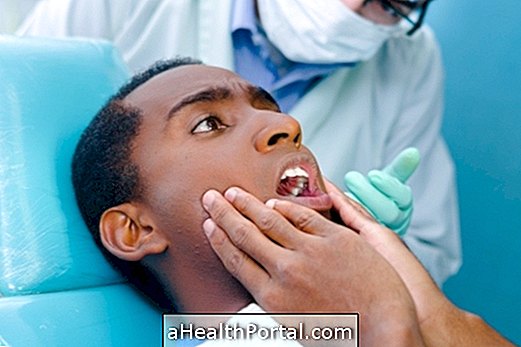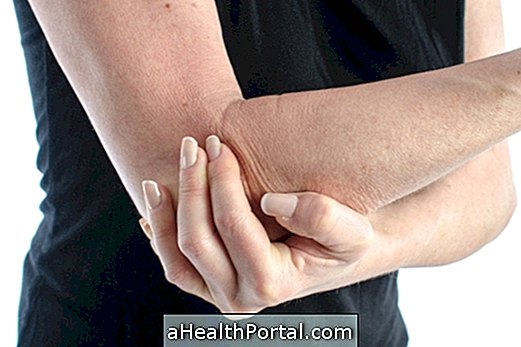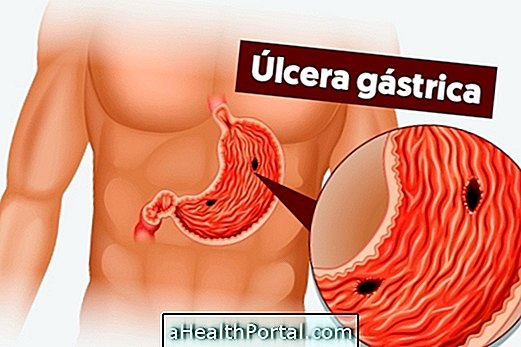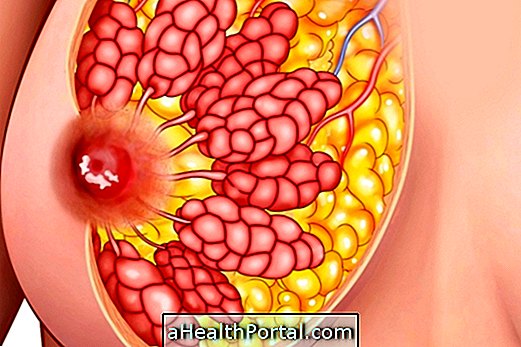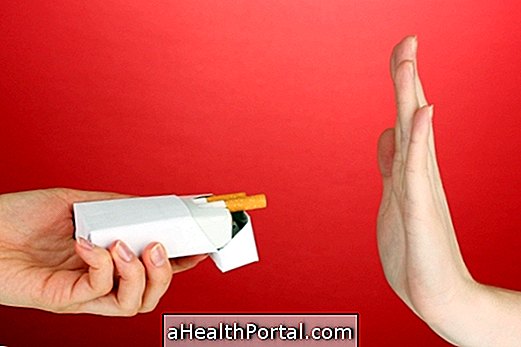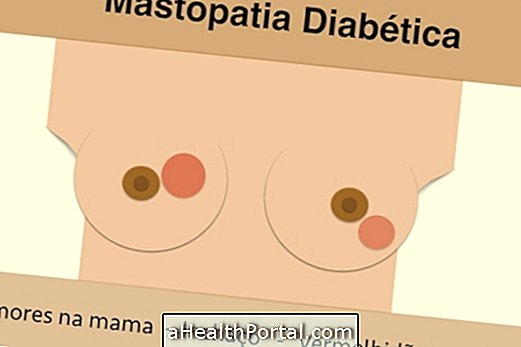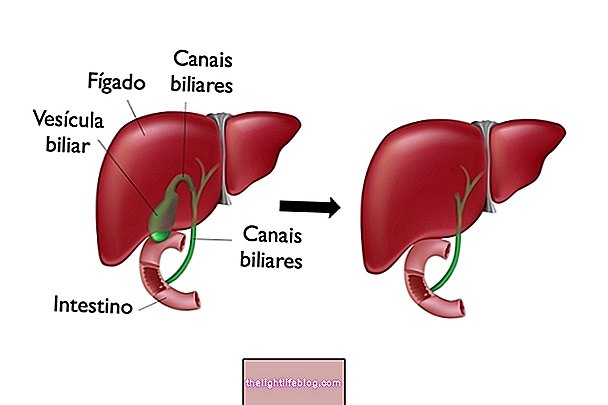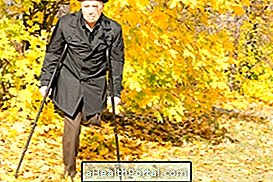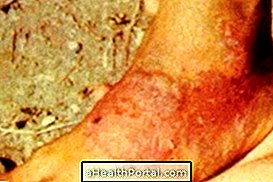The symptoms of type 1 diabetes in children and adolescents arise suddenly and can be noticed when the child feels very tired often, is very hungry and loses weight from one hour to another. In the case of type 2 diabetes, the symptoms often arise due to inadequate feeding of the child and the adolescent, which results in a lot of thirst, a lot of desire to go to the bathroom, besides the darkening of folds, such as the armpit and of the neck, for example.
The best way to diagnose diabetes is through blood tests that evaluate the amount of circulating sugar, such as fasting glucose, glycated hemoglobin and TOTG, for example. Learn more about the tests that confirm diabetes.

Early symptoms of diabetes in children and adolescents
The signs and symptoms that the child may manifest and that lead parents to become suspicious of diabetes may be:
- Frequent fatigue, lack of energy to play, too much sleep, laziness;
- The child can eat well, but still start to lose weight suddenly;
- The child may wake up to pee at night or return to bed wetting;
- Much thirst, even on colder days, but the mouth remains dry;
- It presents irritability or lack of disposition to carry out the activities of the day-to-day, in addition to a decrease in school performance;
- Very hungry;
- Tingling or cramping in limbs;
- Difficulty in healing wounds.
In addition, the child or adolescent may present several fungal infections in a short time and even darkening of the folds, especially of the neck and armpit. Thus, when parents notice any symptom that may be related to diabetes, it is important to take the child or adolescent to the pediatrician for tests that can confirm diabetes.
Diabetes in the adult
In adults, the symptoms of type 2 diabetes are usually related to the complications of the disease, such as difficulty in seeing, pain and tingling in the body, kidney problems, poor circulation and erectile dysfunction. It is common for type 2 diabetes to remain silent for 10 to 15 years, during which time fasting glucose may remain normal, for example.
Thus, anyone who has diabetes in the family, is sedentary, or is overweight needs to be monitored periodically to assess glucose levels by examining fasting blood glucose, finger prick test, and glycated hemoglobin, for example. Get to know the 10 symptoms of excess blood sugar.
How is the diagnosis made?
Diabetes can be diagnosed through some symptoms, such as:
- Finger prick test: Normal up to 200 mg / dL at any time of the day;
- Glucose blood test with fasting of 8 hours: Normal up to 99 mg / dL;
- Glucose tolerance test: Normal up to 140 mg / dL 2 hours after the test and 199 mg / dL up to 4 hours;
- Glycated hemoglobin: Normal up to 5.7%.
Everyone should do at least 1 of these tests once a year to find out if the blood sugar level is high. Anyone of any age can have type 2 diabetes, even without cases in the family, but the chances increase when there is poor diet and sedentary lifestyle. Get to know the glycated hemoglobin test.
How To Treat Diabetes
The treatment of diabetes is mainly done through the control of food, regulating the amount of carbohydrates that the child consumes during the day, which is why it is important to follow a nutritionist. In addition, the use of medications may be recommended by the endocrinologist, however this indication is more frequent for adults.
In the case of children and adolescents, diabetes can be easily controlled through diet and regular physical exercise. Learn what to eat in diabetes.
Watch the video and learn how to eat well in diabetes:



